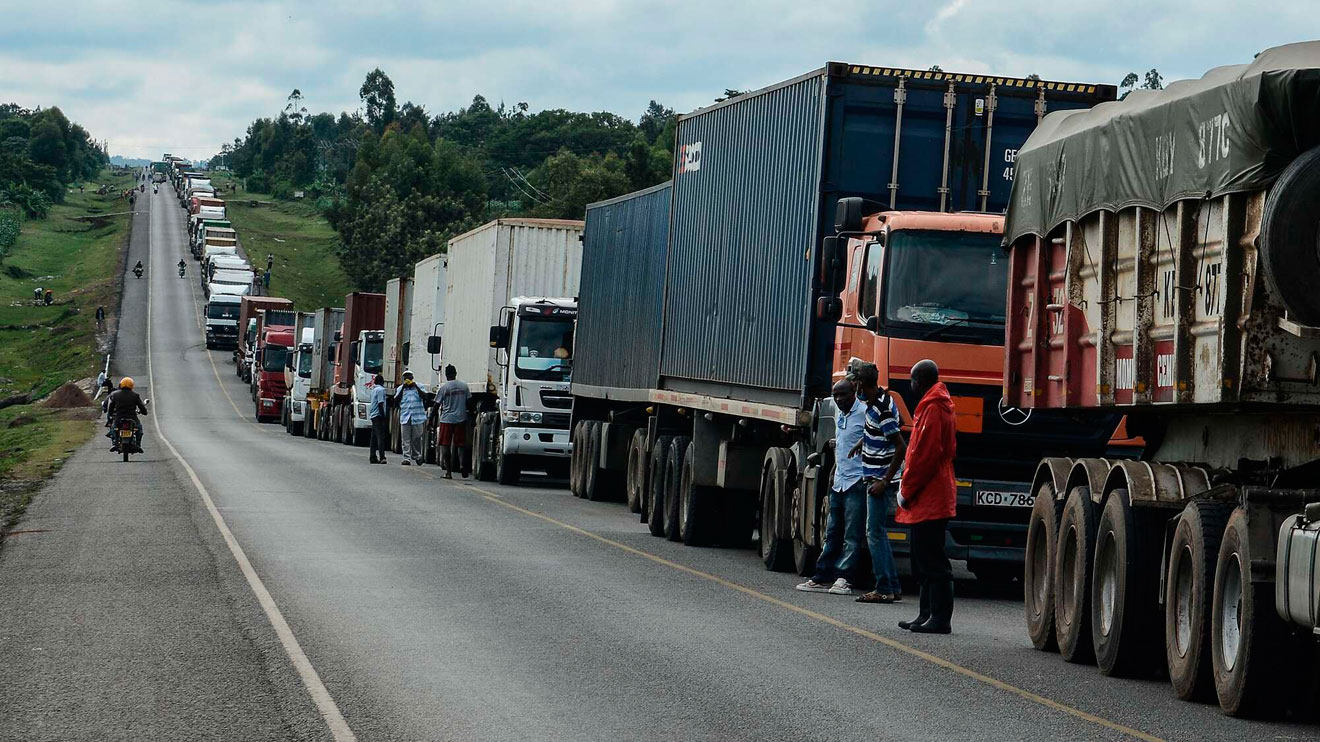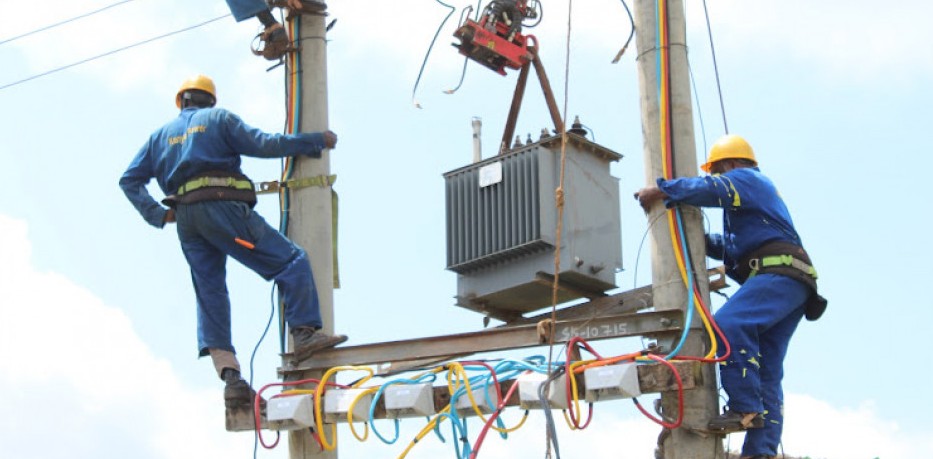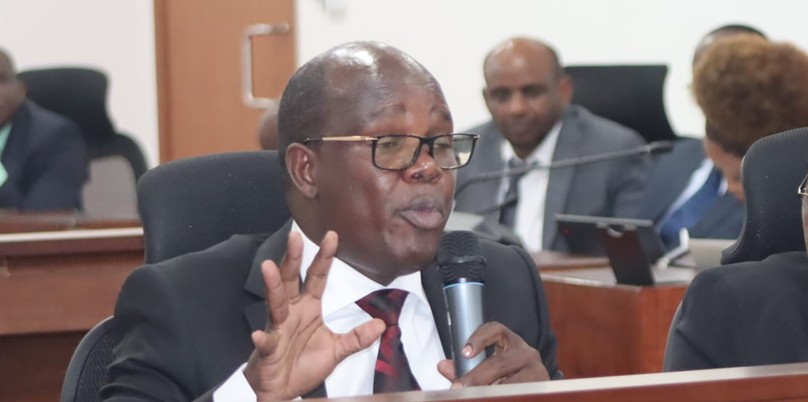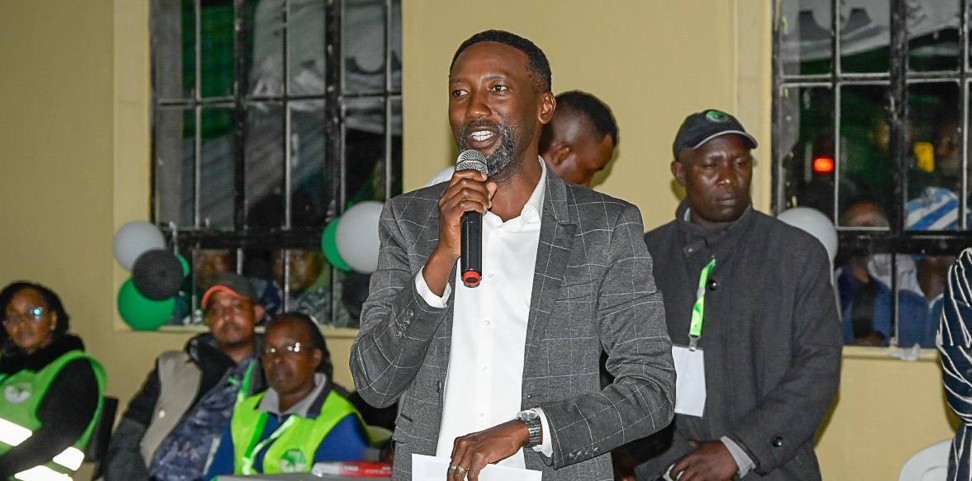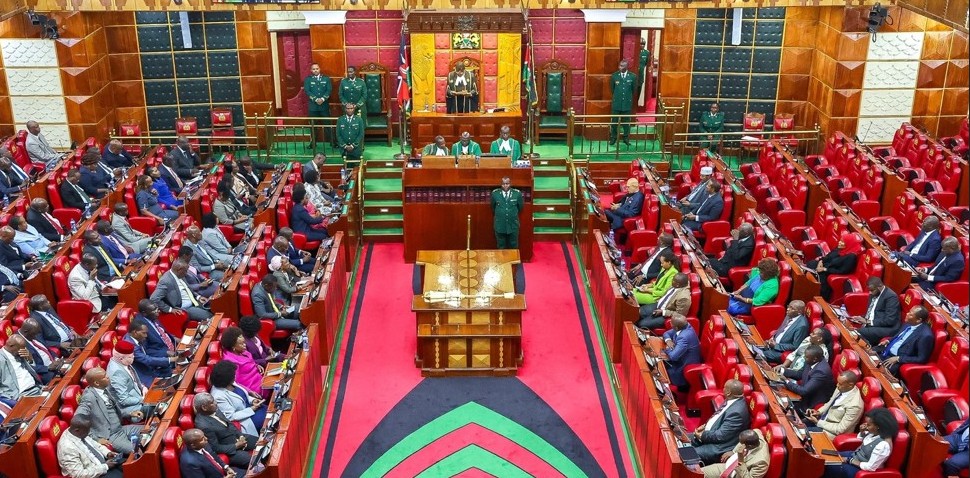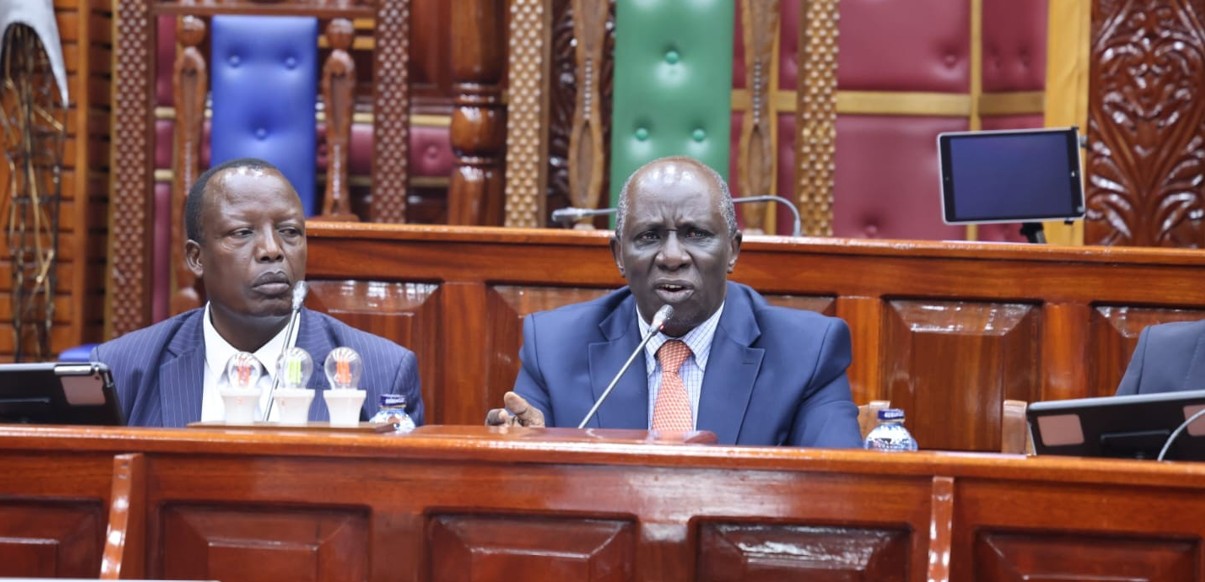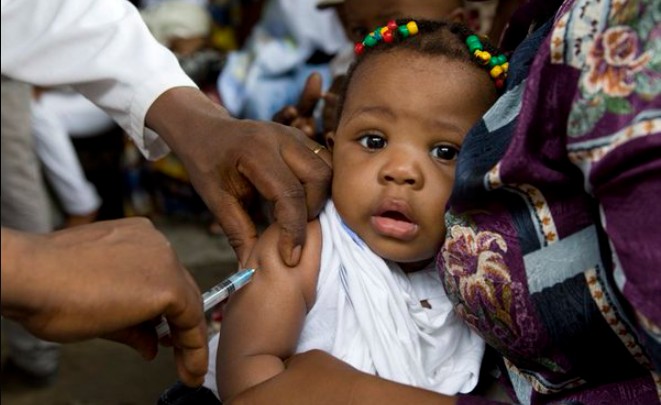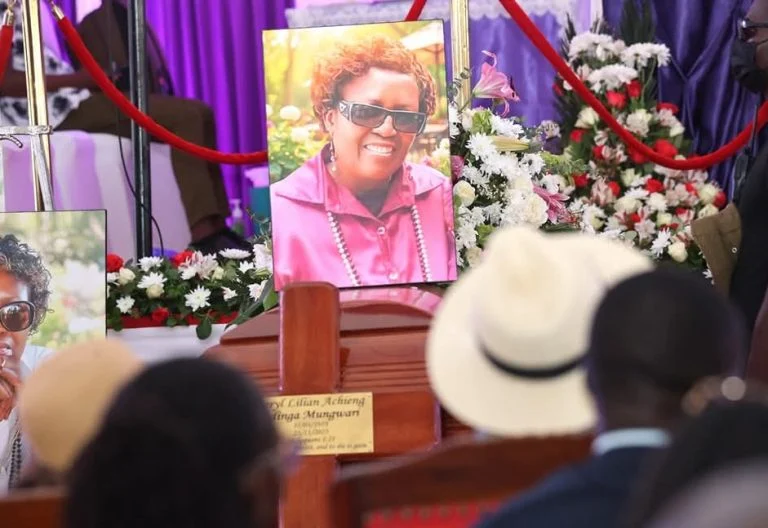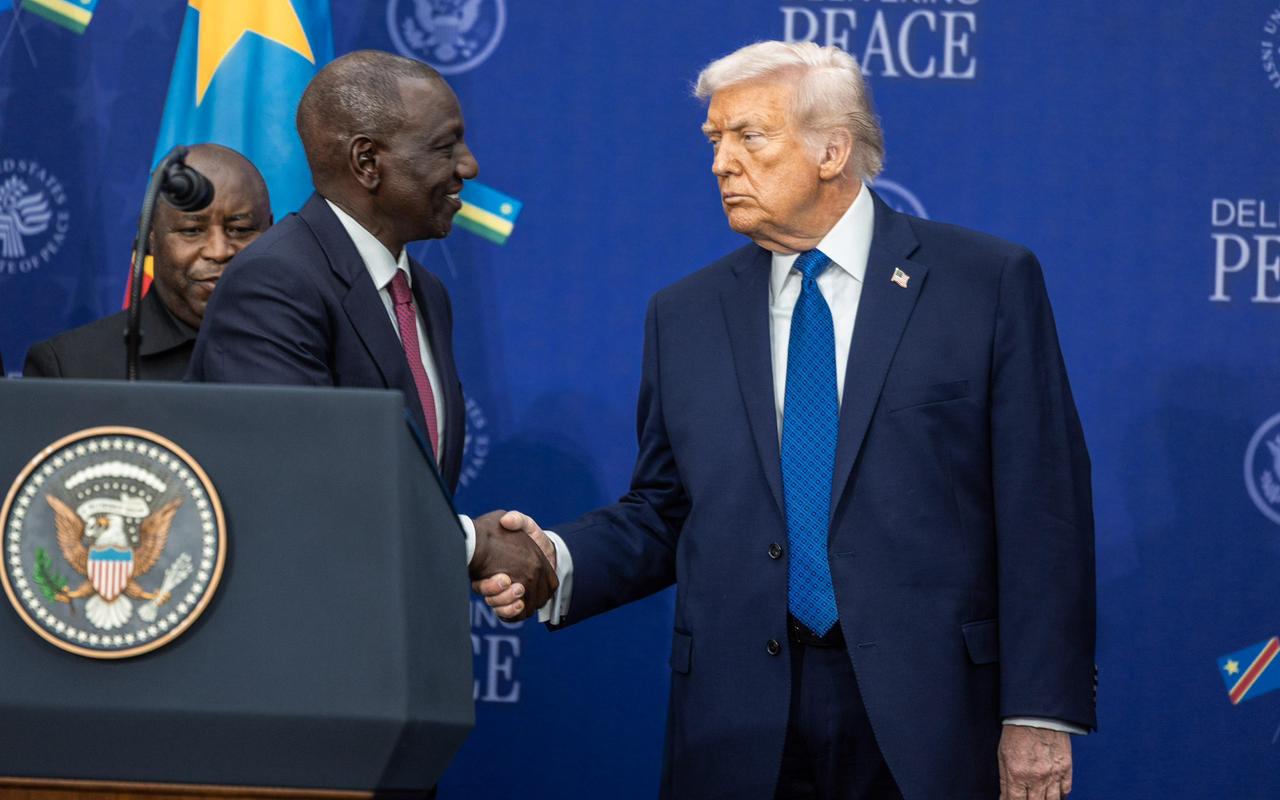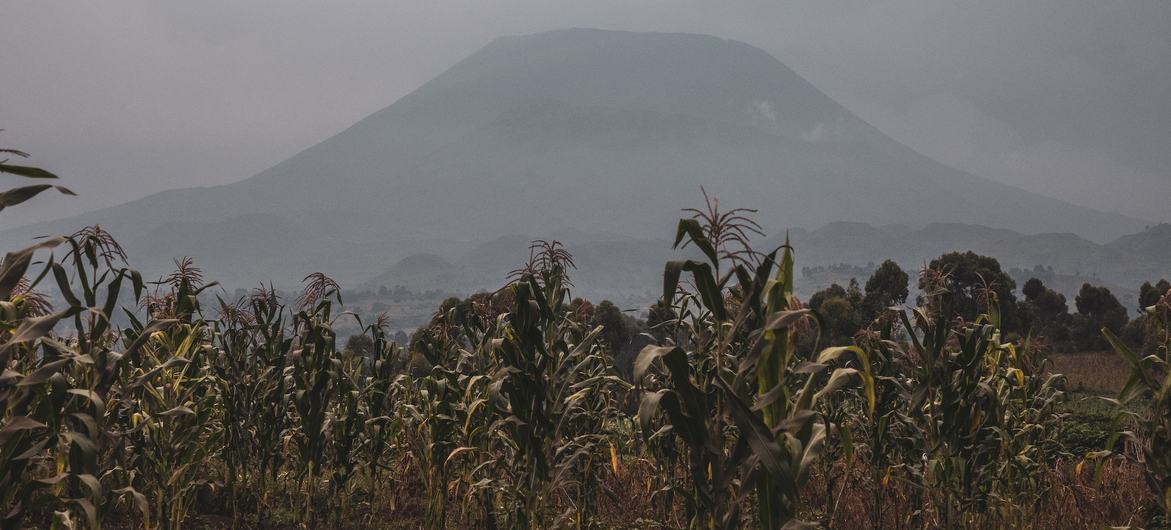UNICEF warns of child protection crisis in Kenya amid severe staff shortages

At the heart of the crisis is an overstretched and under-resourced child protection system.
Kenya’s children are facing a silent emergency, left vulnerable in a system that is failing to protect them.
A new report by UNICEF has laid bare a disturbing reality: millions of children are at risk of violence, neglect, and abuse because there simply aren’t enough trained officers to look after their welfare.
More To Read
- UNICEF, Save the Children hail Turkana’s progress in tackling malnutrition
- Sudan’s crisis deepens with communities trapped in ‘siege conditions’
- Over 600 million children exposed to violence at home, UNICEF warns
- Gaza: Two children killed every day during fragile ceasefire, says UNICEF
- UNICEF warns over 400 million children live in extreme poverty as progress stalls
- Gaza: Displaced Palestinians dealing with the ‘death of dignity’, warns UNICEF
At the heart of the crisis is an overstretched and under-resourced child protection system.
The government allocated only Sh3 billion for children’s welfare in the 2022/23 financial year, just 0.09 per cent of its Sh3.3 trillion national budget. The result is a system crumbling under pressure, with counties across the country relying on just a handful of overworked staff to serve thousands of children.
UNICEF’s report, "The State of Children Protection Workforce in Kenya", paints a bleak picture.
In 39 out of 47 counties, there are fewer than four social service workers per 100,000 children. Lamu and Nyeri counties are the only places with at least five officers, while Garissa has only one serving the entire county.
Twelve counties, including Mandera, Meru, Kwale, Turkana, and West Pokot, have less than two child welfare officers each for every 100,000 children.
These officials are responsible for protecting children from abuse, intervening in cases of neglect, and following up on violence and exploitation. The reality, however, is that most cases go unnoticed and unreported.
At the national level, the Department of Children’s Services has only 729 staff working, out of the 1,392 positions it has authorised. Key posts, such as the 30 senior and assistant children's officer roles, remain vacant.
This leaves the available staff covering up to three sub-counties each, often without proper training or support.
“Many (social service) staff don’t have social work degrees, and they lack induction training and continuing professional development. They also handle high caseloads and a lack of supportive supervision, resulting in burnout. Children are not getting the services they need,” the report stated.
The cost of this failure is heavy, not just in lives, but also in resources. In 2021 alone, the government spent Sh588.2 billion dealing with the effects of violence against children, which accounted for nearly 5 per cent of the national GDP.
Dangerous environments
Children in Kenya are growing up in dangerous environments.
According to the Kenya National Bureau of Statistics, nearly half, 46.7 per cent, experience some form of violence before they turn 18.
One in four girls and 6.4 per cent of boys are sexually abused, while 48 per cent of boys and 30 per cent of girls face physical violence.
Worse still, the social and economic burden grows with every year of inaction. About 23 per cent of girls are married before they turn 18, while teenage pregnancy affects 14.8 per cent of girls aged 15 to 19.
These children are often forced to drop out of school, taking with them any chance of a better future.
UNICEF warned that as long as the workforce remains overstretched, cases of violence, abuse and neglect will continue to rise, and remain largely unreported.
Schools, too, will struggle to retain students, with high dropout and absenteeism rates caused by unaddressed trauma and hardship.
The problem is not just numbers; it is about qualifications too. Conrad Barberton, one of the researchers involved in the report, emphasised the importance of hiring trained professionals.
“Let’s recognise that to address child protection issues, you need a professional. And that professional is a social worker. Social media is presenting all sorts of challenges, especially with teenagers. And social workers need to keep up to date,” Barberton stated.
The pressure is now on the government to act.
Key issues
The newly appointed Principal Secretary for the Department for Children Welfare Services, Carren Agengo, said the report has identified key issues that must be brought before Parliament and the National Treasury.
“This report is talking about capacity building, and one of the areas that the social service workforce must focus on is ensuring that they can function,” Agengo said.
She also acknowledged that many Kenyans are not aware of the depth of the problem, saying her immediate priority is to launch a communication campaign that will show the public what the government is doing and how they can help.
Agengo added that the government is finalising plans to operationalise the Child Welfare Fund, a provision under the Children’s Act, after the National Treasury released a concept for its implementation.
UNICEF’s Chief of Child Protection in Kenya, Eri Mathers, said the failure to invest in the workforce has left many children without services even when their rights are clearly violated.
To fix the system, UNICEF recommends deploying at least two social service workers in every sub-county and ensuring each group of 100,000 children is supported by 39 trained staff and a pool of volunteers.
The report also noted that as of 2024, there were 44,070 children living in 902 Charitable Child Institutions, another sign that the country’s safety net is over-reliant on institutions instead of community and family-based solutions.
Top Stories Today
